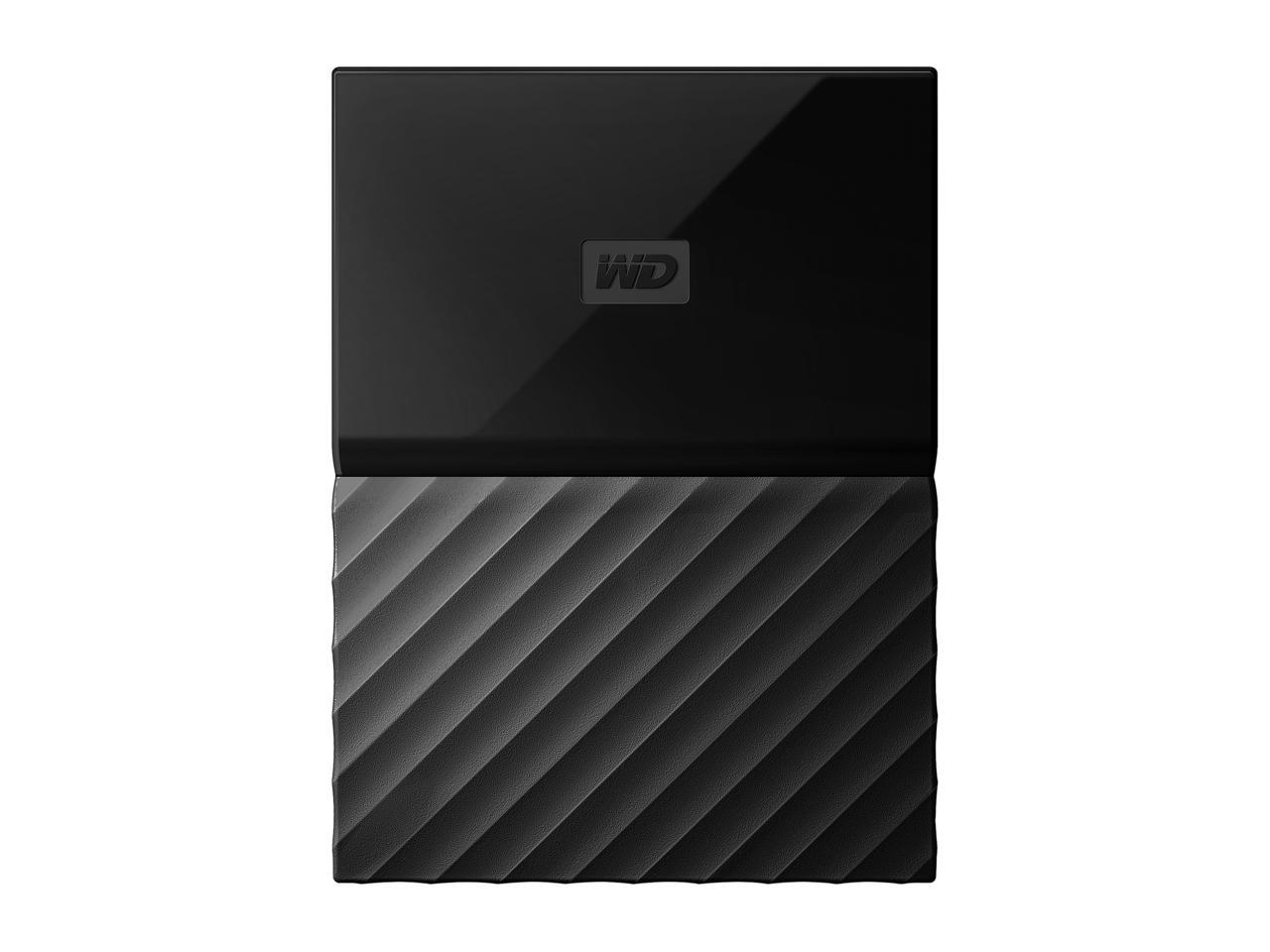

The fixed versus dynamic question might be a red herring, but the 64-bit versus 32-bit question somehow might have significance. And might also shed some light on why it seems that a 32-bit WIndows VM can emerge unscathed from the backup/restore of the Linux partition while 64-bit Windows VMs can"t. The pursuit of the reason why this makes a difference is very possibly holding the clue needed to unravel the puzzle of whether the vdi data sectors were backed up and if they were, then where to and how.
#MAC BACKUP GURU COMPRESSION MANUAL#
but used without any elucidation as to what the word means - or what the implied technical algorithms are - in the context the manual writers are using it.Īt any rate, I've now digested that it's critical to use an "All Sectors" setting with Diskgenius. Stay with my thought for a moment, and then consider how software running under any given OS would be able to determine if the hard disk sectors used by such a file were 'valid" - to use a term found deep within the operating manual for Diskgenius. I put it to you: there might be only one environment in which the range of different types of vdi file are truly welcome namely the kind of inner sanctum created by the designers of Virtualbox.

"On" the host it undeniably is, but "of" the file system used by the host it can hardly be, if it is to be transferable between Virtualbox installations running under different OSes. But I'm now thinking: could there be a way of countering your thought? So, I'd like to ask you: let's strike through the word dynamic for a moment, and perhaps reconsider whether a VDI file is, as you suggest, just a file on the host. Mpack, Your thought on this has been going round in my head, and at first I was totally in agreement with you, as I said earlier.

Not in any way special nor especially complex compared to other host files. Mpack wrote:A dynamic VDI is just a file on the host.


 0 kommentar(er)
0 kommentar(er)
